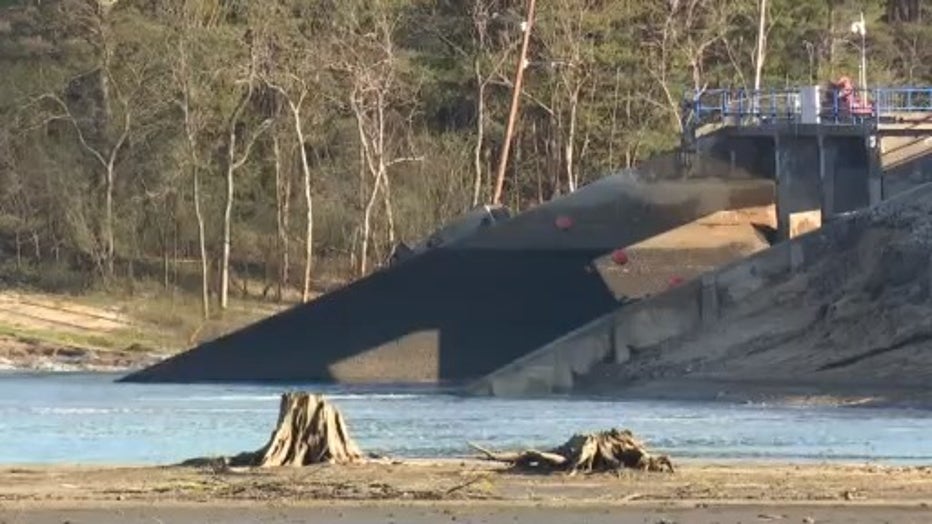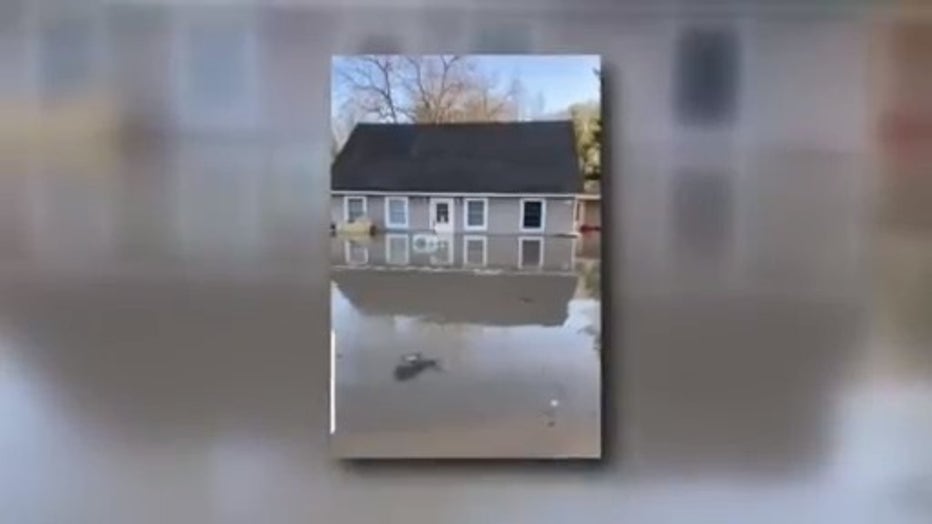Whitmer requests Federal Emergency Declaration to aid Midland flood response
LANSING, Mich. - Governor Gretchen Whitmer sent a letter to President Trump requesting federal aid in responding to the catastrophic flooding in Midland County Wednesday, the state announced in a release late tonight.
“Over the past two days, a major rainfall event in mid-Michigan led to the failure of two dams and severe flooding in affected areas. Thousands of people were forced to evacuate as water surged into their streets, homes, and businesses in the county of Midland,” said Whitmer.

The governor then called on President Trump to declare an emergency for Midland County on an expedited basis.
Aid that the state is requesting includes, but is not limited to debris removal, mobile bridges to ensure access for emergency response vehicles and equipment to flooded areas, emergency medical responders from the National Guard, and technical assistance and sandbags from the US Army Corps of Engineers.
Beginning on May 16, a storm system moved through the state resulting in six to eight inches of rain over a 48-hour period. In response to the rainfall and localized flooding, Gladwin and Midland counties declared local States of Emergency on May 18, followed by the counties of Saginaw and Arenac on May 19.
RELATED: Expert raises concern that Midland flood waters could become toxic from Dow Chemical plant
Due to the heavy rainfall, the Edenville Dam and subsequently the Sanford Dam were breached on May 19, 2020, which required over 10,000 Midland County residents to evacuate their homes due to the imminent danger from this 500-year flood event.
On May 19, Governor Whitmer declared a State of Emergency in Midland County.

“Despite our efforts, local and state resources have been insufficient to respond to the situation. The availability of equipment and personnel is further limited due to the ongoing effects and response requirements of the coronavirus (COVID-19) pandemic.” Whitmer said. “Therefore, additional federal assistance is required to protect public health, safety, and property, and to lessen or avert the threat of more severe and persisting impacts to the community.”

